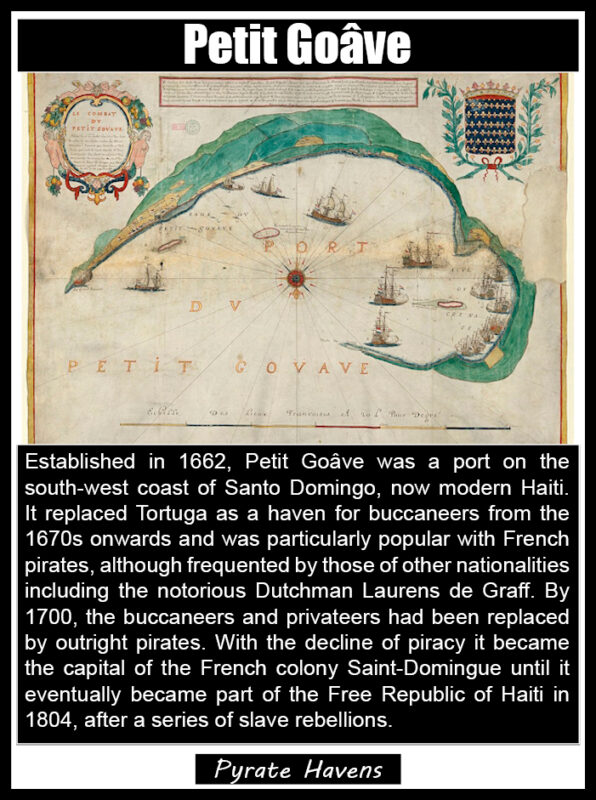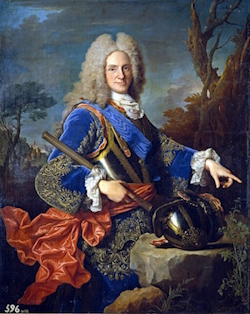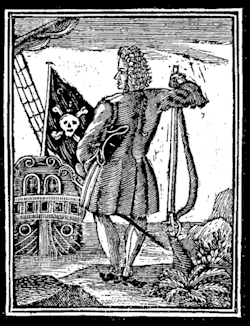
Author: savage
The War of the Quadruple Alliance (1718-1720)
 Although a Bourbon king, Philip V, took the throne of Spain after the War of Spanish Succession came to an end, Spain had been forced to give up territory in Italy and the Spanish Netherlands under the 1713 Peace of Utrecht. In 1718, the Spanish wanted to recover some of that lost land. As a result, the conflict known as the War of the Quadruple Alliance broke out between Spain and a coalition consisting of Great Britain, France, and Savoy, later joined by Austria after they had signed peace with the Ottomans. The Dutch Republic also joined the coalition in 1719. The war took place mainly in Sicily and northern Spain with some minor engagements in North America. Additionally, the Spanish supported Jacobite rising of 1719 in Scotland, which is considered to be a part of this conflict.
Although a Bourbon king, Philip V, took the throne of Spain after the War of Spanish Succession came to an end, Spain had been forced to give up territory in Italy and the Spanish Netherlands under the 1713 Peace of Utrecht. In 1718, the Spanish wanted to recover some of that lost land. As a result, the conflict known as the War of the Quadruple Alliance broke out between Spain and a coalition consisting of Great Britain, France, and Savoy, later joined by Austria after they had signed peace with the Ottomans. The Dutch Republic also joined the coalition in 1719. The war took place mainly in Sicily and northern Spain with some minor engagements in North America. Additionally, the Spanish supported Jacobite rising of 1719 in Scotland, which is considered to be a part of this conflict.
The Legal History of Pirates & Privateers
The Legal History of Pirates & Privateers by Thomas J. Shaw
 The story of pirates and privateers was actually a tale of legalities and illegalities, separated by a thin statutory line marking those on one side as criminals and the other side as heroes worthy of reward. The illegal and universally condemned acts of maritime piracy and the legal and nationally praised acts of maritime privateering are the basis for this book. Nearly two hundred legal issues are identified among more than a hundred trials of pirates and prize ships seized by privateers, across several centuries of American and British history. These range from the intention to turn pirate, pirates as witnesses, common versus civil law piracy, trying foreign pirates, and special proofs for convicting women, physician, child, indigent, and Black pirates to the use of letters of marque and reprisals versus privateering commissions, condemning or acquitting neutral ships and cargo, the impact of fraudulent ship’s papers, the law of nations versus municipal law, and flying false colors during an attack.…
The story of pirates and privateers was actually a tale of legalities and illegalities, separated by a thin statutory line marking those on one side as criminals and the other side as heroes worthy of reward. The illegal and universally condemned acts of maritime piracy and the legal and nationally praised acts of maritime privateering are the basis for this book. Nearly two hundred legal issues are identified among more than a hundred trials of pirates and prize ships seized by privateers, across several centuries of American and British history. These range from the intention to turn pirate, pirates as witnesses, common versus civil law piracy, trying foreign pirates, and special proofs for convicting women, physician, child, indigent, and Black pirates to the use of letters of marque and reprisals versus privateering commissions, condemning or acquitting neutral ships and cargo, the impact of fraudulent ship’s papers, the law of nations versus municipal law, and flying false colors during an attack.…
Stede Bonnet
 Stede Bonnet is sometimes referred to as ‘The Gentleman Pirate’. Historically, he has often been viewed as more of a comical or tragic figure, who wasn’t always taken seriously. This image was probably fuelled by his inexperience in matters of seamanship. He was a descendant of Oliver Cromwell and a distant relative of Woodes Rogers. Born on Barbados in about 1688 and his parents, Edward and Sarah Bonnet, owned an estate of over 400 acres south-east of Bridgetown, which he inherited in 1694. He was well-educated and gained the rank of major in the Barbadian militia, although there is no record he was ever involved in any combat. He was made a justice of the peace a year before he turned to piracy. He married Mary Allamby in November 1709 and had three sons and a daughter with her. It has been speculated that he suffered from depression or some other sort of mental disorder, possibly caused by the death of his eldest son in 1715.…
Stede Bonnet is sometimes referred to as ‘The Gentleman Pirate’. Historically, he has often been viewed as more of a comical or tragic figure, who wasn’t always taken seriously. This image was probably fuelled by his inexperience in matters of seamanship. He was a descendant of Oliver Cromwell and a distant relative of Woodes Rogers. Born on Barbados in about 1688 and his parents, Edward and Sarah Bonnet, owned an estate of over 400 acres south-east of Bridgetown, which he inherited in 1694. He was well-educated and gained the rank of major in the Barbadian militia, although there is no record he was ever involved in any combat. He was made a justice of the peace a year before he turned to piracy. He married Mary Allamby in November 1709 and had three sons and a daughter with her. It has been speculated that he suffered from depression or some other sort of mental disorder, possibly caused by the death of his eldest son in 1715.…

